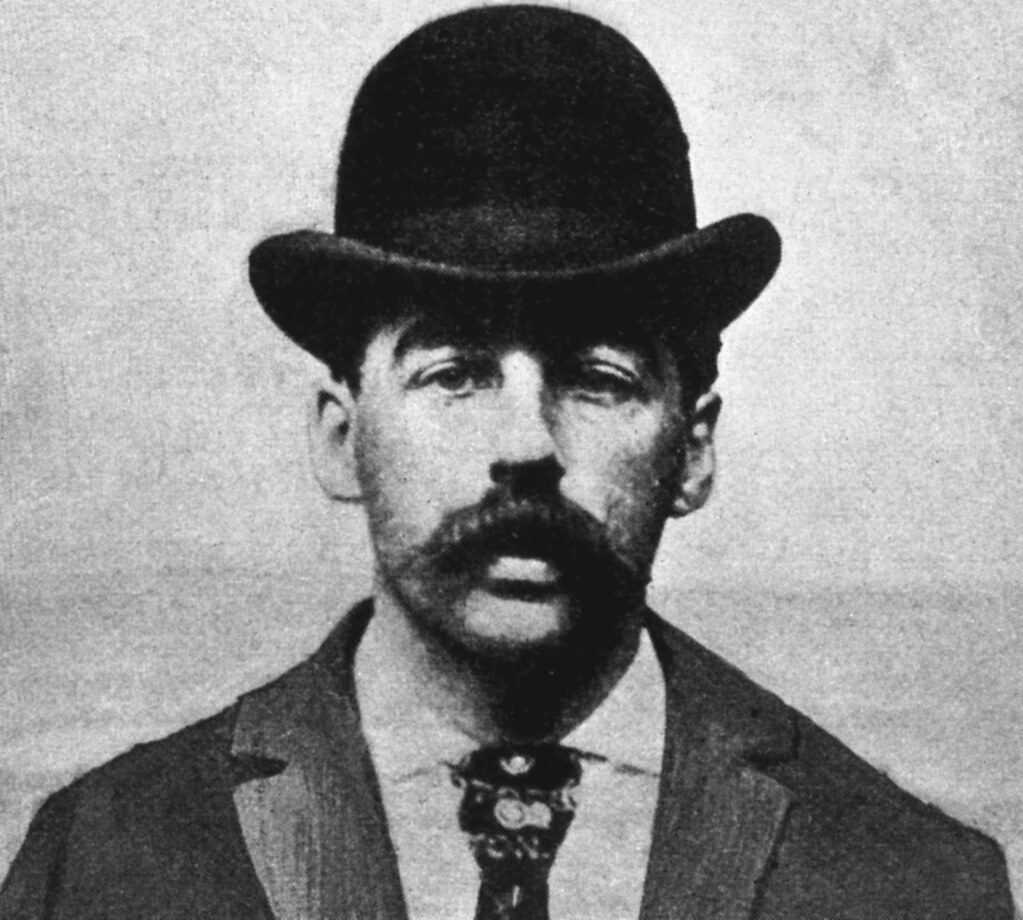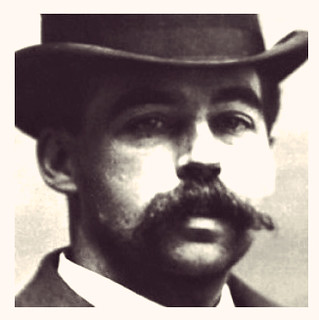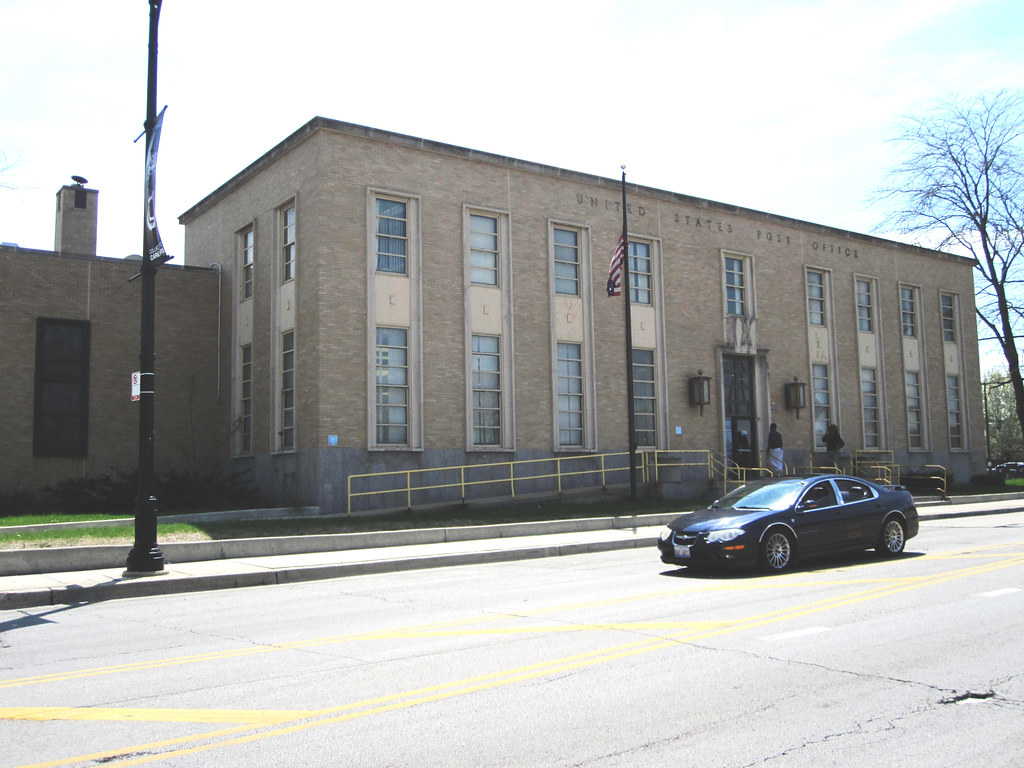8 Haunting H.H. Holmes Confessions That Reveal The Darkness Within Us All (18+)
Key Takeaways
- H.H. Holmes, born Herman Webster Mudgett, was a notorious serial killer of the late 19th century.
- He confessed to 27 murders, but the true number of victims remains unknown, with estimates ranging up to 200.
- Holmes’s criminal activities culminated in the construction of the infamous “Murder Castle” in Chicago.
- Despite his confessions, Holmes was only tried and convicted for the murder of his associate, Benjamin Pitezel.
The confessions of H.H. Holmes reveal a chilling insight into the mind of a serial killer and the darkness that can reside within a person.
Who is H.H. Holmes? Herman Webster Mudgett
Let’s step back in time to the late 19th century, to an era of innovation, the World’s Fair in Chicago, and the rise of one of America’s first documented serial killers: H.H. Holmes. His real name was Herman Webster Mudgett, but he’s better known by his alias, a name synonymous with deceit, murder, and the chilling depths of human depravity. This man’s life is a macabre story, filled with twists and turns that are horrifying.
8 Verified Confessions and Murders Associated with H.H. Holmes

1. Benjamin Pitezel
Holmes confessed to the murder of Benjamin Pitezel, a business associate, and his three children in 1894. This case led to his capture and eventual conviction. The Pitezel case gives us a glimpse into Holmes’s manipulative prowess, as he not only took lives but also defrauded insurance companies in the process which he plotted with Marion Hedgepeth, a fellow prisoner he met in incarceration. The two planned to fake Pitezel’s death in order to pull off an insurance fraud. Holmes then concluded that killing Pitezel and his family and eliminating his accomplice would be a simpler solution.
2. Emeline Cigrand
Holmes confessed to the murder of Emeline Cigrand, a woman who had been working for him as a typist, unaware of the dark fate that awaited her. Holmes’s confession to her murder was one of many that depicted his ability to charm and deceive his victims before ensnaring them in his deadly trap. The story of Emeline is a sheer reminder of how Holmes exploited the innocence and trust of his victims.
3. Julia Conner
Holmes confessed to the murder of Julia Conner and her daughter. Julia was the wife of one of his former employees. Julia and her daughter fell prey to Holmes’s sinister intentions. The loss of both mother and child is a somber note in the symphony of Holmes’s crimes, further emphasizing the indiscriminate nature of his evil.
4. Pearl Conner

Holmes also confessed to the murder of Pearl Conner, the daughter of Julia Conner. The innocence of Pearl Conner, a mere child, was not spared by Holmes. Her demise, confessed by Holmes, adds another layer of horror to the already gruesome series of events. The murder of a child is a heinous act that underlines the absence of any moral compass in Holmes’s actions.
5. Howard and Nellie Pitezel
In addition to Benjamin Pitezel, Holmes admitted to killing two of Benjamin’s other children, Howard and Nellie. Their tragic end is a painful testament to the depths of Holmes’s treachery. It’s a chilling thought that their last moments were spent in the company of a man they believed to be their protector.
6. Alice and Nellie Williams
Holmes confessed to the murders of Alice and Nellie Williams, two sisters who had worked for him in his “Murder Castle” in Chicago. Their work within the walls of the infamous “Murder Castle” would be their undoing, as Holmes exploited their labor before extinguishing their lives.

7. Minnie Williams
Holmes admitted to the murder of Minnie Williams, a woman he was romantically involved with, and her sister, Anna. Minnie and her sister Anna’s fates were sealed by their association with Holmes, who confessed to their murders amidst his litany of crimes. It’s a grim reminder that for Holmes, no relationship was sacred.
8. Various unidentified victims
Holmes also confessed to killing many other people whose identities were never confirmed. It is believed that he may have killed as many as 200 people, although the exact number remains unclear. The true extent of Holmes’s reign of terror may never be fully understood. With confessions to the murders of numerous unidentified victims, the scope of his atrocities could be far greater than we can comprehend. These faceless victims represent the unknown horrors that Holmes inflicted.
“I was born with the devil in me. I could not help the fact that I was a murderer…” – H.H. Holmes
This quote from Holmes himself may send a shiver down your spine. It’s a haunting reminder that the darkest parts of human nature can be hidden behind a facade of normalcy. Holmes’s confessions offer a window into the mind of a killer, and they force us to confront the unsettling possibility that such darkness could dwell within anyone.
The Murder Castle: A House of Horrors
Perhaps the most infamous aspect of Holmes’s macabre legacy is his “Murder Castle,” a structure designed by him in Chicago to facilitate his killing spree. The castle was a labyrinth of death, complete with soundproof rooms, gas lines to asphyxiate victims, and a chute to dispose of bodies. This building was Holmes’s playground, where he executed his twisted desires without remorse or hindrance. This building is now in use for the greater good of the US postal service.

The Deceptive Charm of H.H. Holmes
One of the most chilling aspects of Holmes’s criminal career was his ability to charm and deceive. He was a con artist, a polygamist, and a manipulator who could convince almost anyone of his sincerity and good intentions. His charisma was a tool he wielded with precision, luring victims into his clutches with promises of employment, love, or business opportunities.
The Trial and Execution of H.H. Holmes
After a manhunt that captured the nation’s attention, Holmes was finally arrested in Boston in 1894. The trial was a sensation, with the public both horrified and fascinated by the breadth of his crimes. Ultimately, Holmes was sentenced to death, meeting his end by hanging in 1896. His last moments were spent in denial, as he recanted his confessions and claimed innocence.
Legacy and the Human Psyche
The legacy of H.H. Holmes is more than just a tale of a serial killer; it’s a study of the human psyche and the capacity for evil. His story forces us to question how well we can truly know anyone and the unsettling reality that monsters can hide in plain sight. It also serves as a grim reminder of the importance of vigilance and skepticism in a world where the charming can be deadly.
Conclusion
In the end, the confessions of H.H. Holmes reveal a man who was a master of manipulation and deceit. His ability to blend in with society, to appear as a trustworthy doctor, entrepreneur, and neighbor, while secretly harboring a dark and twisted nature, is a harrowing reminder of the potential for evil that exists within the human condition. The tales of his crimes continue to captivate and terrify us, serving as a stark warning of the darkness that can lurk within us all.
Frequently Asked Questions (FAQ)
H.H. Holmes, born Herman Webster Mudgett, was a notorious serial killer of the late 19th century. He is known for his confessions to multiple murders and his construction of the infamous “Murder Castle” in Chicago.
Holmes confessed to 27 murders, but estimates suggest that he may have had up to 200 victims. The true number remains unknown.
The Benjamin Pitezel case led to Holmes’s capture and conviction. He confessed to murdering Benjamin Pitezel and his three children as part of an insurance fraud scheme.
Holmes confessed to the murders of Emeline Cigrand, Julia Conner and her daughter Pearl, Howard and Nellie Pitezel, Alice and Nellie Williams, Minnie Williams, and various unidentified victims.
The “Murder Castle” was a building in Chicago designed by H.H. Holmes to facilitate his killings. It had soundproof rooms, gas lines to asphyxiate victims, and a chute for disposing of bodies, making it a notorious location for his crimes.
Holmes was a master of charm and deception. He lured victims with promises of employment, love, or business opportunities, convincing them of his sincerity and good intentions before ensnaring them in his deadly traps.
Holmes was sentenced to death and was executed by hanging in 1896. During his trial, he recanted his confessions and claimed innocence.
